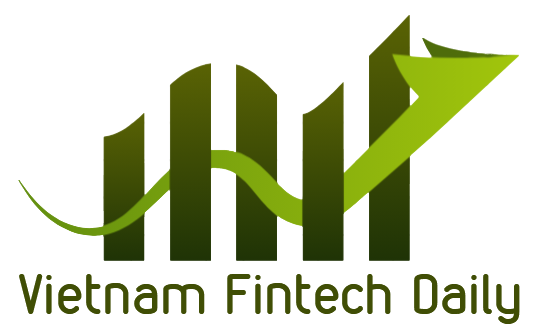Crypto Market Surge: Bullish IPO, Fed Rate Cuts, and SEC Regulatory Changes Ignite Optimism


The cryptocurrency market is experiencing a renewed surge in activity, largely fueled by Bullish’s impressive public market debut, the Federal Reserve’s recent interest rate cut, and an important regulatory shift from the SEC permitting more flexible crypto investment products.
Bullish, a crypto exchange known for targeting institutional traders, captured the spotlight after its IPO. The stock soared from its initial offering price, igniting enthusiasm across the sector. This robust debut encouraged renewed investor participation and optimism, breathing fresh life into digital asset markets.
Also shaping the rally was the Federal Reserve’s decision to cut interest rates. Lower rates traditionally lead to increased appetite for risk assets, with cryptocurrencies such as Bitcoin and Ethereum often benefiting from the resulting liquidity boost. The Fed’s move has contributed to positive momentum, reinforcing the bullish narrative that riskier investments are back in favor.
On the regulatory front, the SEC unveiled new rules that make it easier to launch crypto exchange-traded products (ETPs). These relaxed guidelines provide greater pathways for investors to access cryptocurrencies through mainstream financial products, increasing their appeal and potentially driving more inflows into digital assets.
Meanwhile, competitors like Coinbase, Gemini, and Circle displayed mixed performance. Coinbase’s earnings revealed stable revenues but missed analyst estimates, while Gemini struggled with mounting financial losses after its own IPO. Investors have grown more cautious with platforms such as Gemini, which, despite initial excitement, saw its shares fall as market participants scrutinized its path to profitability. In contrast, Circle saw a notable price rebound during this period.
Overall, this coordinated backdrop—a landmark IPO, supportive central bank policies, and friendlier regulatory frameworks—has ushered in a new wave of optimism for crypto markets. However, as trading platforms continue to grapple with profitability challenges and market volatility, sustainability of this rally will depend on continued growth and stability within both the regulatory and macroeconomic landscape.

Leave a Comment